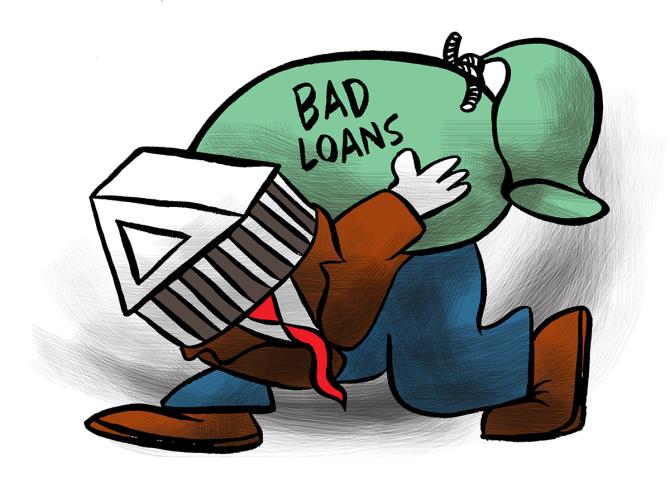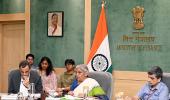Commercial banks have turned cautious in lending to smaller microfinance institutions (MFIs), which has compelled the latter to borrow from non-banking financial companies (NBFCs) at much higher rates.

Recently Reserve Bank of India (RBI) Deputy Governor M Rajeshwar Rao slammed micro lenders for increasing their margins “disproportionately” and said these lenders were quick to pass on the increased cost to the borrowers but reluctant to pass on the benefits under the new regime, where margins are not capped.
Alok Misra, chief executive officer (CEO) and director, Microfinance Industry Network, an industry association and a self-regulatory organisation (SRO), said: “For some time, small players with loan books of less than Rs 1,000 crore are finding it difficult to raise debt from banks.”
“During Covid, because of the guarantee given by the government to banks that lent to MFIs, there was a flow of debt funds; after that banks have become selective and the loan flow to smaller MFIs has been impacted,” Misra said.
According to the RBI data, NBFC-MFIs’ assets were Rs 1.36 trillion as on September 30, 2023. The regulator said NBFC-MFIs, an important segment in the NBFC universe, had been growing their share in assets in recent years and in 2022-23, MFIs registered the highest growth -- 30 per cent.
Following the increase in risk weighting for bank loans to NBFCs last November, the growth of such loans has come down.
“Nowadays MFIs, especially the smaller ones, are finding it difficult to access funds from banks and development finance institutions and they depend more on NBFCs.
Banks have become cautious after the recent RBI guidelines on higher risk weightings for unsecured loans, although loans to MFIs are not covered by those.
As a result, MFIs’ borrowing costs have increased,” said Jiji Mammen, executive director and CEO of Sa-dhan, another MFI association and an SRO.
Sa-dhan and Microfinance Industry Network have requested the government for a dedicated fund or a guarantee mechanism that can help MFIs to borrow from banks and development finance institutions like Small Industries Development Bank of India (Sidbi) or National Bank for Agriculture and Rural Development (Nabard).
Sa-dhan has asked for a Rs 500 crore equity fund for growth capital as well as guarantee for loans to smaller lenders in the upcoming Union Budget, to be presented on July 23.
“We have requested the government to have a dedicated refinance facility at Sidbi or Nabard for microfinance with a special focus on smaller MFIs, which is in line with their development banking paradigm.
This, along with a suitable guarantee scheme, can solve the issue of fund flow to small and medium MFIs,” Misra said. Citing the data collated by MFIN, Misra said the interest rates charged by micro lenders favourably compared with other lenders.
MFIN has 74 members (including Banks, small finance banks, NBFC-MFIs, and NBFCs), which make up 85 per cent of the MFI sector in India.
According to the MFIN data, the weighted average interest rate of the top 15 NBFCs is 23.73 per cent and if all 51 NBFC-MFIs members are considered, it is 23.83 per cent for the fourth quarter 2023-24.
“This means for every Rs 100 borrowed by a client, the interest component will be Rs 12 for a year,” Misra added.












 © 2025
© 2025